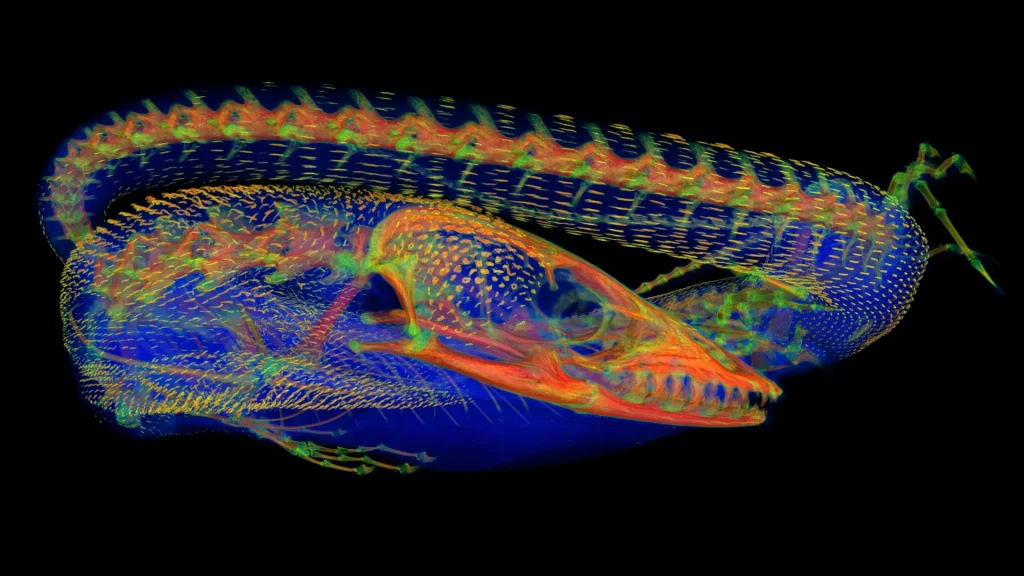Now Reading: How Pregnancy and Childbirth Impact the Body Over Time
-
01
How Pregnancy and Childbirth Impact the Body Over Time
How Pregnancy and Childbirth Impact the Body Over Time

Quick Summary
- Study Overview: Researchers analyzed 44 million physiological measurements from 300,000 births to understand how pregnancy and childbirth alter the human body. It spans pre-conception to up to 18.5 months post-childbirth and includes 76 biological markers.
- Findings on Recovery:
– 47% of indicators stabilize within one month after birth.
– 41% take more than ten weeks; some, like liver function and cholesterol levels, take up to six months or longer.
– A small number remain altered even after the study cutoff period (80 weeks),possibly due to changes in lifestyle behaviors or lasting biological effects.
- Pre-Conception Insights: The study detected pre-conception changes due to healthier habits such as supplement use, which improved indicators like folic acid levels while lowering inflammation markers.
- Complications Prediction: Differences in biomarkers seen before conception could help identify women at risk for complications such as gestational diabetes and pre-eclampsia earlier than current methods allow.
!pregnancy-changes_graphic.png?m=1743108574.733&w=900″>Pregnancy-related recovery timeline chart
Indian Opinion Analysis
This research offers profound insights into human health by highlighting pregnancy’s long-lasting physiological impact. For India, where maternal health continues to be a critical public health focus, understanding these extended postnatal recovery timelines could improve policy interventions. Programs emphasizing prolonged medical follow-up for mothers-rather than assuming immediate postpartum recovery-may reduce complications related to insufficient care during this crucial lifecycle phase.
Additionally, findings about predictive biomarkers create opportunities for preventive healthcare advancement in Indian communities where gestational diabetes and high blood pressure conditions are prevalent yet often diagnosed late during pregnancy. Expanding access to advanced testing techniques before conception woudl enable early intervention strategies tailored specifically for high-risk patients.
read More: Scientific American




























